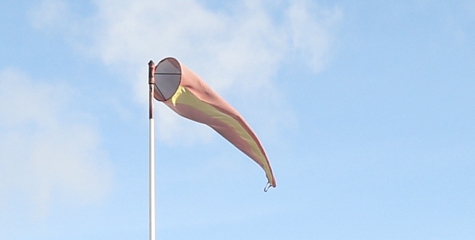Please use these boxes to provide up to 2 drivers of HIGH importance. Click on HELP to see examples:
|
|
Driver 1
|
Driver 2
|
|
Social
|
As an India-based company, Tata has specific knowledge of local needs and the willingness to develop innovative and creative solutions, which fit the requirements of people with low income. Western companies so far have refused to develop a low-cost model even though they have the necessary abilities.
|
|
|
Technological/Scientific
|
Tata´s Nano is composed out of several well-known technological solutions, such as the usage of plastic instead of metal, identical and modular components and is supplying a share of up to 40% of the car’s components via internet auctions. All together these factors could constitute a successful innovation strategy, which is worth to be imitated by more companies from other emerging countries.
|
|
|
Economic
|
The main driver is considered to be the target group of the Tata Nano and it’s vast market potential. The target group is mainly composed of motorcyclists, moped riders and drivers of three-wheelers in India and other emerging countries with low spending power. Since the price of the Tata Nano is only two times higher than the price for a conventional Indian motorcycle, many people can now afford themselves a safe and comfort vehicle possessing fo ur wheels.
Extremely low labour costs in India and the already mentioned cultural factors constitute favourable framework for international automobile corporations to outsource R & D tasks relating to low-price vehicles to departments located in India.
|
|

.png)
